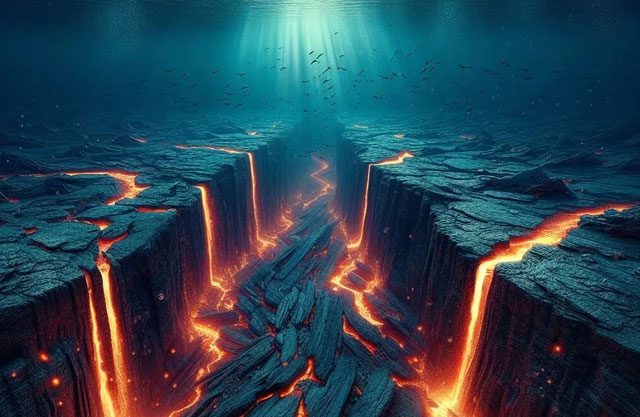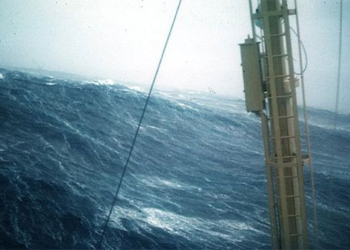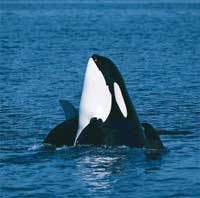Offshore Earthquake Activities near Vancouver, Canada Suggest the Birth of a Completely New Oceanic Crust.
According to Live Science, earlier this month, nearly 2,000 earthquakes shook an area off the coast of Canada in just one day. This could be a sign that a new oceanic crust is about to form through a deep-sea magma rupture.

The ocean floor off Canada is splitting apart – (Graphic image).
The aforementioned earthquakes pose no threat to humans as they are relatively small and centered about 240 km from the coastline.
However, it is the location – known as Endeavour – that has led scientists to view this as a significant indicator.
Endeavour is an area rich in hydrothermal vents and is located on the Juan de Fuca Ridge, where the ocean floor is pulling apart, but not due to a subduction zone.
Subduction occurs when two tectonic plates – that is, sections of the Earth’s crust – slide over one another, with one plate carrying the ocean floor diving beneath the other, causing the ocean to shrink in a major tectonic process that alters the location and shape of oceans and continents, termed “plate tectonics.”
Meanwhile, at Endeavour, the tectonic plates of the Pacific Plate and the Juan de Fuca Plate are moving apart.
The stretching of the oceanic crust between these two plates creates linear fault lines and thins this crust, allowing magma from deep underground to rise.
When magma reaches the surface, it cools and solidifies, forming a completely new oceanic crust.
It seems that at Endeavour, this phenomenon occurs in cycles of about 20 years. In 2005, a series of small earthquakes took place similar to those that occurred this year.
To date, the formation and transformation of the Earth’s crust remain shrouded in mystery. This new discovery about how the ocean floor self-recreates adds another crucial piece to the puzzle.
Scientists are still monitoring what long-term effects the processes occurring at Endeavour may yield.





















































